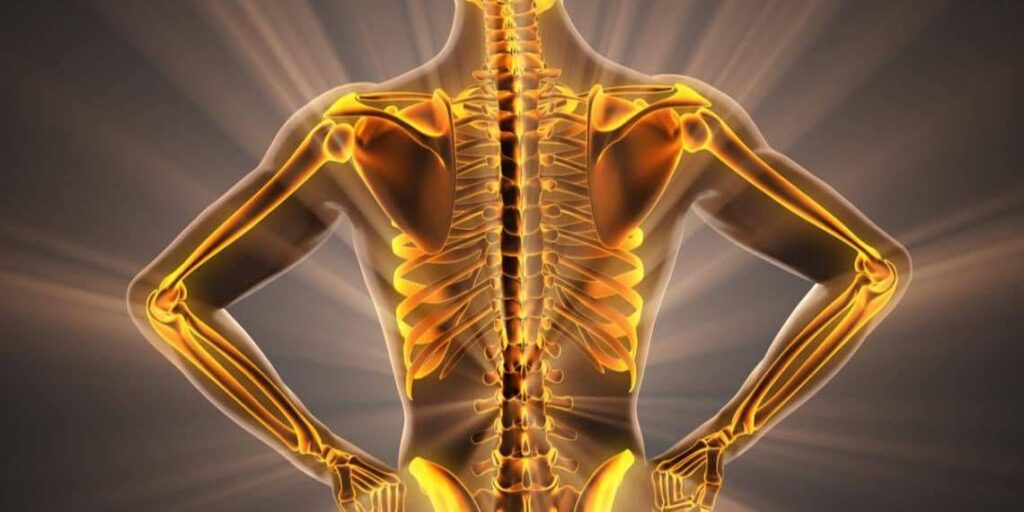Blog post on PlayCore.com It is well-established that lack of mechanical stimulation may lead to an irreversible decline in bone density, which is well exemplified in studies of underweight and immobility. Studies have demonstrated the effectiveness of various exercise programs (such as walking or strength training) in improving bone density or decreasing the rate of decline in bone density in the population observed.
There are still contradictions in literature when it comes to water-based exercises for promoting bone health. Water sports athletes normally show lower bone mineral density compared to other modalities. These data have questioned the ability of aquatic exercises to improve or even maintain bone health. On the other hand, despite a reduction in gravitational forces, water-based training programs have also been shown to be beneficial in the prevention and/or treatment of osteoporosis. It is possible to develop osteogenic potential through specific muscle strength training in the aquatic environment. Ay and Yurtkuran reported an anabolic effect of pool-based exercises on the bone of postmenopausal women that was evidenced by increased hormonal markers (insulin-like growth factor-1, growth hormone and calcitonin).

Moreira evaluated 24-week effects of a high-intensity aquatic exercise program on bone remodeling markers and bone mass of postmenopausal women. They studied 108 women, randomized into an aquatic exercise group, performing 24 weeks of aquatic exercises, and a sedentary control group. They had their fasting morning blood sample collected for the measures of intact parathyroid hormone (iPTH), procollagen type 1 amino-terminal propeptide (P1NP) and carboxy-terminal cross-linking telopeptide of type 1 collagen (CTx). Bone mass was measured by dual-energy X-ray absorptiometry (DEXA) before and after the intervention. Results showed an augment in bone formation marker (P1NP) only in the aquatic exercise group (15.8%), and although both groups experienced significant enhancements in bone resorption marker (CTx), this increase was less considerable in the aquatic exercise group (15% in the aquatic exercise group and 29% in the control group). IPTH was increased by 19% in the control group at the end. The femoral trochanter bone mineral density presented a 1.2% reduction in the control group, whereas in the aquatic exercise group no change was observed. The proposed aquatic exercise program was efficient in attenuating bone resorption and enhancing bone formation, which prevented the participants in the aquatic exercise group from reducing the femoral trochanter bone mineral density.
Finally, thirty-five post-menopausal women trained for seven months for three one-hour sessions per week and were compared with an aged-matched control, non-exercise group. Dual x-ray absorptiometry (DEXA) quantified bone mineral content, bone mineral density, and the accompanying z and t-scores. While the control group demonstrated a decline in all measures, the aquatic exercise group increased bone mineral content while maintaining bone mineral density. The findings that aquatic exercise maintains bone mineral density which prevents the expected yearly decline should also not be overlooked.
In summary, the results of these studies support the hypothesis that it is possible to plan and execute a water exercise program that has a positive effect on bone status of postmenopausal women and have the potential to facilitate bone health throughout one’s lifetime.
